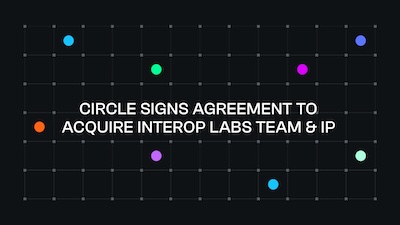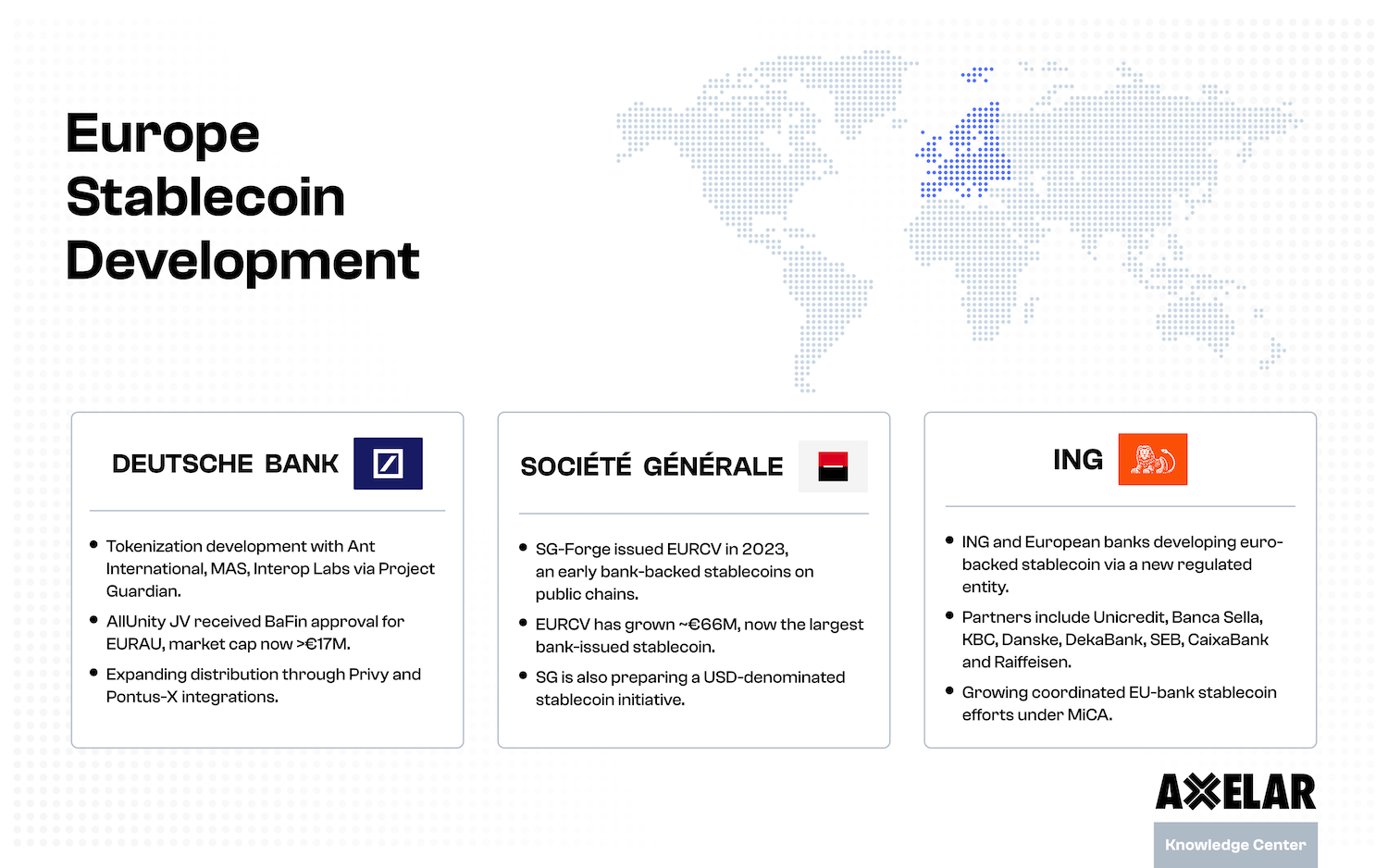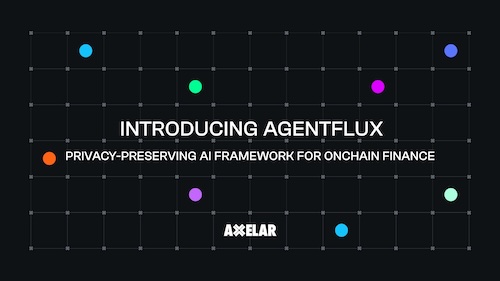Bridging Uniswap & Filecoin: A Cross-Chain Governance Case Study
Table of Contents



As cross-chain governance evolves, so does the need for robust governance systems that extend across multiple chains. Uniswap has identified some of the risks involved and conducted an extensive assessment to evaluate the capabilities of different cross-chain platforms and chose Axelar as a secure solution to manage governance across multiple chains, while preserving safety and liveness, and preventing censorship.
To make these problems trivial for developers, Axelar has built a framework, codenamed Interchain Governance Orchestrator. It streamlines the complex process of multichain dApp management by allowing developers to execute governance actions for all their deployments from a single place.
Using this framework, Uniswap v3 is deploying onto the Filecoin Virtual Machine (FVM). Uniswap’s FVM deployment will augment incentives for Filecoin Storage Providers (SPs), providing liquidity and functionality for earnings paid in Filecoin’s native token, FIL.
The Interchain Governance Orchestrator framework played a pivotal role in uniting these critical components of a composable Web3 – liquidity (Uniswap) and storage (Filecoin). Now, any Web3 developer can take advantage of this simple framework to simplify governance updates and smart-contract management cross-chain. The framework doesn’t have an official name, yet – but for now, we are calling it Axelar Interchain Governance Orchestrator.
How Uniswap deployed on Filecoin
Axelar's Interchain Governance Orchestrator was designed for governance protocols, facilitating cross-chain proposal execution. Initially demonstrated using Compound's governance contracts, its versatility allows for use with any governance protocol.
Axelar was the bridge provider between Uniswap's Ethereum-based governance contracts and a copy of its V3Factory contract on Filecoin — providing a framework that was used to wire up the Uniswap DAO's vote on whether to deploy v3 to FVM. The proposal passed in mid-October 2023 with over 40 million votes, detailed on the Uniswap governance forum
A proposal was then made to update the text record at v3deployments.uniswap.eth to document the new Uniswap v3 deployment for Filecoin. This record lists the chain ID, bridge sender contract, and UniswapV3Factory address for the target chain.
While Axelar's Interchain Governance Orchestrator contract currently serves as the bridge sender contract, it’s important to note that Uniswap's cross-chain governance architecture is designed to operate independently. Uniswap plans to leverage Axelar General Message Passing (GMP) for connecting their self-sustaining governance logic to the Filecoin chain, allowing seamless updates transfer from Ethereum to Filecoin. This setup ensures that Uniswap’s governance is future-proofed and capable of self-management across multiple chains.
How Interchain Governance Orchestrator works
Interchain Governance Orchestrator reverses the tide by transforming what has been a multistep, chain-by-chain slog into a streamlined, one-click governance solution. This allows developers to focus on building and enhancing their dApp's core functionality. Builders are empowered to effortlessly scale Web3 dApps, tapping into the liquidity and user bases of new and emerging L1s and L2s without compromising decentralized governance or taking undue bridging risk.
Interchain Governance Orchestrator comprises two core contracts:
- InterchainProposalSender: Deployed on the source chain, this contract uses a method named sendProposal that encodes a proposal into a payload destined for a remote chain, concurrently paying the Axelar Gas Service for executing the cross-chain call on the destination chain.
- InterchainProposalExecutor: Deployed on the destination chain, this contract encompasses a callback method _execute that is executes the proposal on the target contracts.
The governance process runs as follows:
- It begins with a proposal on the source chain through a Governor Contract, where developers submit and stakeholders vote.
- Upon successful voting, the proposal enters a Timelock Contract to await execution.
- Once the timelock expires, the InterchainProposalSender Contract encodes the proposal into a payload tailored for the destination chain, facilitating its transfer via the Axelar network.
- The payload is then submitted to the AxelarGateway, which signals relayers to securely pass the proposal to the destination chain.
- The InterchainProposalExecutor Contract receives the proposal and executes the governance decisions across the intended contracts.
This seamless workflow bridges multiple chains, allowing for synchronized governance updates and feature rollouts with minimal developer overhead.

Conclusion
As Uniswap v3’s deployment on the Filecoin Virtual Machine exemplifies, Interchain Governance Orchestrator facilitates a seamless transition from single-chain operations to a unified, multichain governance approach. This infrastructure empowers developers to extend their dApps into new territories with minimal overhead, tapping into diverse ecosystems and fostering growth.
Check out the deployment guide, start building and unlock the potential of cross-chain governance for your dApp today.


